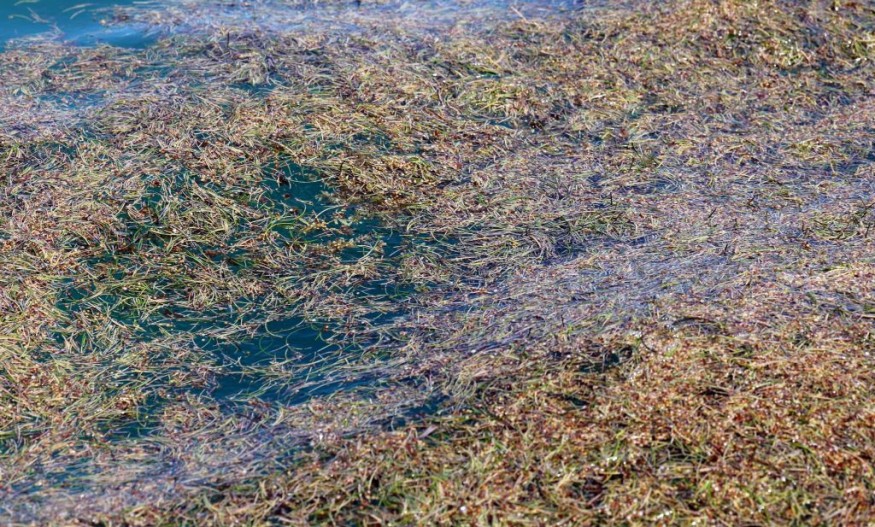Carbon is one of the elements for the climate-destroying greenhouse gas (GHG) carbon dioxide that has polluted the atmosphere.
The compound has significantly contributed to the warming of the planet by accelerating the so-called natural process of greenhouse effect. The phenomenon pertains to trapped GHGs in the atmosphere and the accelerated absorption of heat and solar energy provided by the Sun.
In recent years, there have been various proposals to curb the carbon emissions and GHG as a whole. However, there are still no universal method on how respective governments can prevent or mitigate the burning of fossil fuels and other activities that emit these environmentally-harmful compounds. Currently, a British enthusiast has proposed a carbon-sucking seaweed farm that can mitigate climate change.
Floating Seaweed Farm

The proposed seaweed farm is reportedly the size of Croatia floating in the South Atlantic Ocean between the continents of Africa and sub-continent South America. The proposed climate-mitigating measure will involve a spinning, floating sargassum seaweed or brown algae, which spends its life on the sea floor and floats in large masses. It sucks a billion tons of carbon from the atmosphere each year.
The seaweed will then sink the element into the ocean flood and out of harm's way. Although the proposal sounds daring, a British businessman named John Auckland is planning to make it happened by 2026 by utilizing the properties of sargassum, the BBC reports.
Auckland is confident that his science-based company Seafields will be able to provide a floating farm and draw enough carbon dioxide from the air to "moderate" climate change impact, while also allowing the company's supporters to earn carbon credits.
Floating Sargassum Farm
The businessman aims to have a floating sargassum farm that can cover a total area of 55,000 square kilometers (21,200 square miles) in order to pump 50 gigatons of carbon dioxide from the atmosphere each year.
With regards to potential hazards to marine life and ecosystems, sargassum is not harmful. It is in fact an significant fish habitat that can provide food and shelter for fish, birds, and other marine organisms, according to the Florida Museum.
The project is currently being tested in the Caribbean and Mexico and has been inspired by the ideas of marine biologist and professor Victor Smetacek. Considered by Seafields as their Scientific Founder, Smetacek has long been passionate about the potential to grow seaweed in the middle of rotating ocean currents called gyres.
Auckland explains that the floating seaweed farm collects all kinds of things at its core such as plastic garbage. To keep the 169-mile (272-kilometer) wide seaweed farm intact, the project's proponent plants to rely on the rotating ocean currents, which will hold the seaweed in place.
Time is Running Out
This year alone, multiple studies have warned that the repercussions of climate change and global warming will be catastrophic by the end of the 21st century, unless concrete actions are taken. Since carbon dioxide is a large part of the climate crisis, scientists believe that reducing it will lead to a climate recovery.
Still, the amount of carbon dioxide in Earth's atmosphere is approximately at 412 parts per million (ppm) and increasing at this moment. The figure represents a 47% increase since the onset of the Industrial Age, according to the National Aeronautics and Space Administration (NASA).
Related Article : How Seaweed Became a Model of Future Sustainables
© 2025 NatureWorldNews.com All rights reserved. Do not reproduce without permission.





